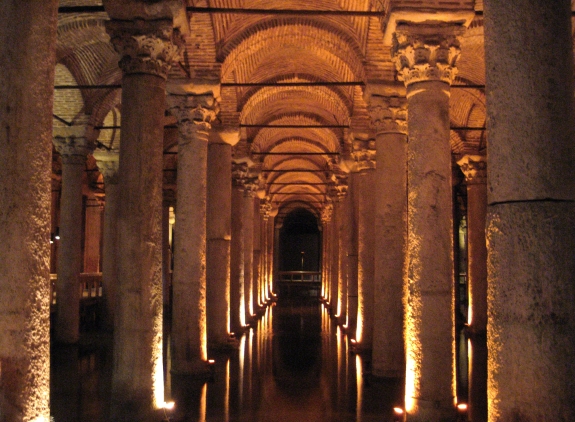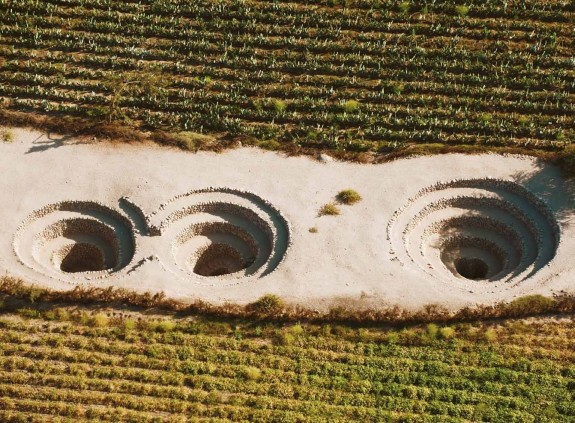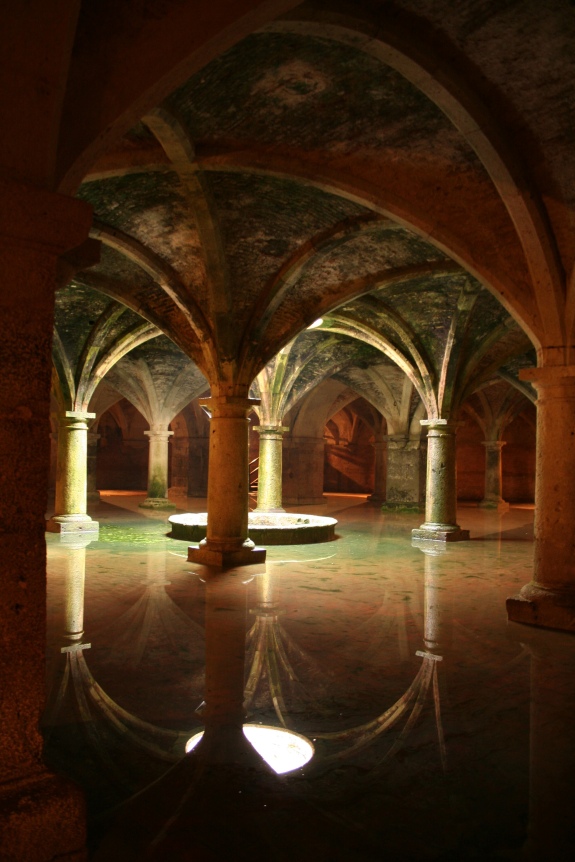Delving deeper into Subnature by David Gisson brought me to the chapter on “Dankness”. Once widely perceived as spaces that are undesirable and at the brink of civilization, architects and theorists are exploring these interesting spaces and incorporating them into modern design. More on this in a later post. This brought me to the exploration of ancient, underground water cisterns such as those in Peru including Machu Picchu. The Incas had a complex water system that enabled them to survive on the mountainside with little rain. They diverted water from the melting glaciers to their aqueduct system as well as those from natural springs. Aqueducts in Cantalloc in southwestern Peru have permeable gravel walls that allow snowmelt from the Andes to percolate through and irrigate farmland. This allows water to travel and not overwhelm the villages during fast melting periods. Large caverns such as those in Istanbul and Portugal are both beautiful and functional. See photos below.
My second recombination takes “La Paz/city” and “glacial fringe” from site, “water efficiency” from program, and an added category “water storage” in method. The idea is pretty simple – taking the stepping idea from the artificial glaciers in the Himalayas and combining it with the underground aqueduct system in Peru with possible habitable “grotto” spaces.
How can these scheme be better incorporated into the artificial glacier idea and method of construction? Is the inhabitable grotto a sensible proposal? What other purposes can the grotto have besides water storage? Can this idea also be used for natural cooling of buildings? What site would be best suited for this construction? And what city/town/village needs this?




